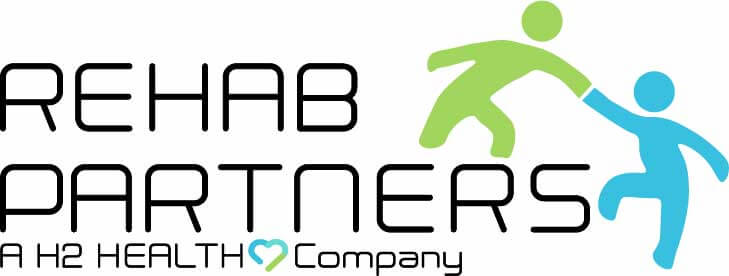
As we age, our bodies naturally lose some of their ability to maintain body position while sitting, standing, or moving. This can lead to an increased risk of falling, which can cause serious injury.
Certain medical problems, such as vision changes, Parkinson’s disease, vestibular problems, altered sensations in the feet, and the use of medication, can also contribute to falls. Fortunately, you can use many exercises and techniques to improve your balance and reduce your risk of falling.
Let’s explore some of the most effective physical therapy exercises for balance and fall prevention so you can stay safe and stable.
Single Leg Standing Balance
Simply stand with your feet at hip-width on a firm surface backed into a corner of a room. You can also stand next to a countertop.
Bend your one knee to lift the leg. Hold the leg in this position for up to 30 seconds and repeat on your other leg.
Toe Stand
This exercise strengthens your calves and ankle muscles. Stand tall and slowly raise your heels off the ground until you stand on your toes. Lower yourself back down. Repeat this exercise 10 to 15 times to improve balance.
Heel-To-Toe Walk
Practice walking in a straight line, placing the heel of your front foot directly in front of the toes of your back foot with each step. Heel-to-toe walking challenges your balance and coordination.
Side Leg Raise
Simply stand tall with your feet together and your hands on your hips. Slowly lift one leg out to the side, keeping it straight. Hold this position for a few seconds before lowering back down. Repeat with the other leg.
Sideways Walking
Sideways walking is another important balance exercise. Stand tall with your feet hip-width apart and hold on to something firm.
Take your one foot out to the side and put its toes down before the heel. Bring the other leg to join, keeping the same gap between the legs. Keep moving to the side, let’s say left and right until you’ve done about 10 steps.
Sit-to-Stand Exercise
This simple exercise builds leg strength and improves body mechanics and balance. Start by sitting on a sturdy chair. Keep your feet flat on the floor, hip-width apart. Lean slightly forward with your hands on your thighs, then stand up slowly. Slowly sit back down and repeat this up to 10 times.
Lunges
Stand with your feet hip-width apart. Take a step forward with one foot, bending both knees to lower your body. The front knee should be directly above your ankle, and the back knee should hover just above the floor. Push back up to the starting position and repeat the exercise with the other leg.
Leg Extension
Sit straight in a chair with your feet flat on the floor. Extend one leg out in front of you as straight as possible, then lower it back down. Repeat with the other leg.
Additional Steps You Can Take to Improve Balance
In addition to exercise, there are other steps you can take to improve your balance and reduce the risk of falls. These include:
- Keeping your home free of clutter and tripping hazards
- Getting treatment for your vestibular problems
- Installing grab bars or handrails in key areas (such as the bathroom)
- Ensuring good lighting throughout your home
- Wearing proper footwear with good traction
- Re-evaluating any medications that may impact balance or cause dizziness.
Physical Therapy in Pennsylvania
It’s never too late to start working on your balance – every little bit can make a big difference. By incorporating the exercises and tips outlined in the above section, you can take steps to reduce your risk of falling and stay on your feet.
At H2 Health, our physical therapists perform a thorough evaluation, assessing the patient’s cognitive abilities, balance, strength, and walking ability, and devise a plan that may consist of balance training and exercises, strength training, flexibility exercises, and gait training.
To schedule your consultation, contact our staff today at one of our locations near you at (800) 699-9395 or fill out our easy-to-use online appointment request form.



































